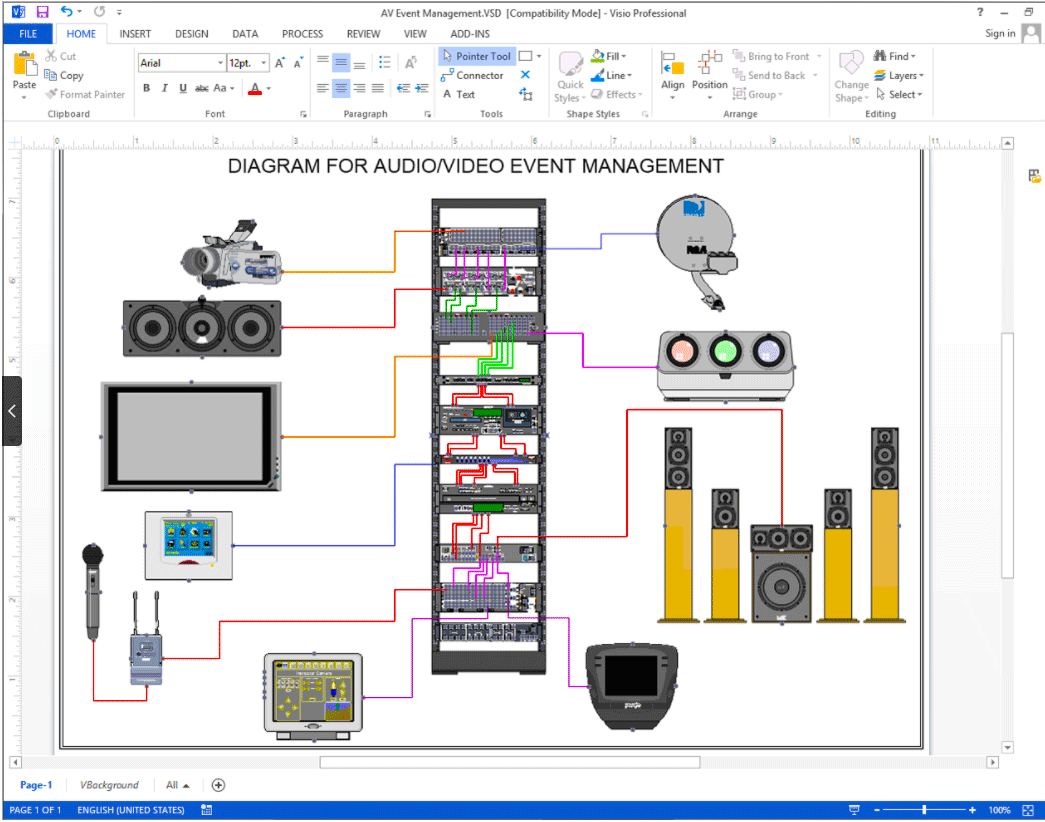
A further important factor is the image quality of the cameras. The image quality determines the sharpness of the images recorded by the cameras. Higher image quality cameras provide sharper images, which can be vital for identifying individuals or license plates. Companies should consider their particular requirements when choosing the image quality. For instance, a store store may need high-resolution units to monitor client interactions, while a storage facility might prioritize wider monitoring over detailed detail. It is also important to think about the storage solutions for the recorded video. Businesses can select between local recording, such as hard drives, or cloud solutions, which allows for off-site viewing and simpler management of footage data.
The placement of the units is another key consideration. Correct unit placement can greatly enhance the efficacy of a security system. Cameras should be positioned to monitor all access and exit areas, as well as high-traffic zones within the company. It is also important to think about potential areas of vulnerability where criminal activity could happen without detection. A professional security expert can help identify the best spots for camera setup to maximize coverage and reduce vulnerabilities. Moreover, businesses should consider about the illumination conditions in the areas where cameras will be set up. Cameras with low-light vision are necessary for monitoring poorly illuminated areas.
Integration and integration with other surveillance systems are also vital considerations. Many modern surveillance camera solutions offer features such as off-site monitoring through smartphones or PCs, which enables business managers to observe their property in actual time. Integration with alarm solutions or access management solutions can provide a more holistic surveillance solution. Businesses should assess their current security protocols and think about how a new camera solution can complement or improve those protocols. This compatibility can lead to a more effective and effective security approach.
Ultimately, financial considerations play a significant part in choosing a surveillance camera system. Businesses must balance the requirement for top-notch devices with their financial constraints. It is essential to investigate various manufacturers and types to identify a solution that offers the best value for money. While it may be appealing to select the cheapest option, investing in a dependable and long-lasting system can save costs in the long-term by reducing maintenance expenses and improving security. By carefully evaluating these considerations, businesses can select the perfect surveillance camera solution that fulfills their specific needs great site and improves their total security posture.